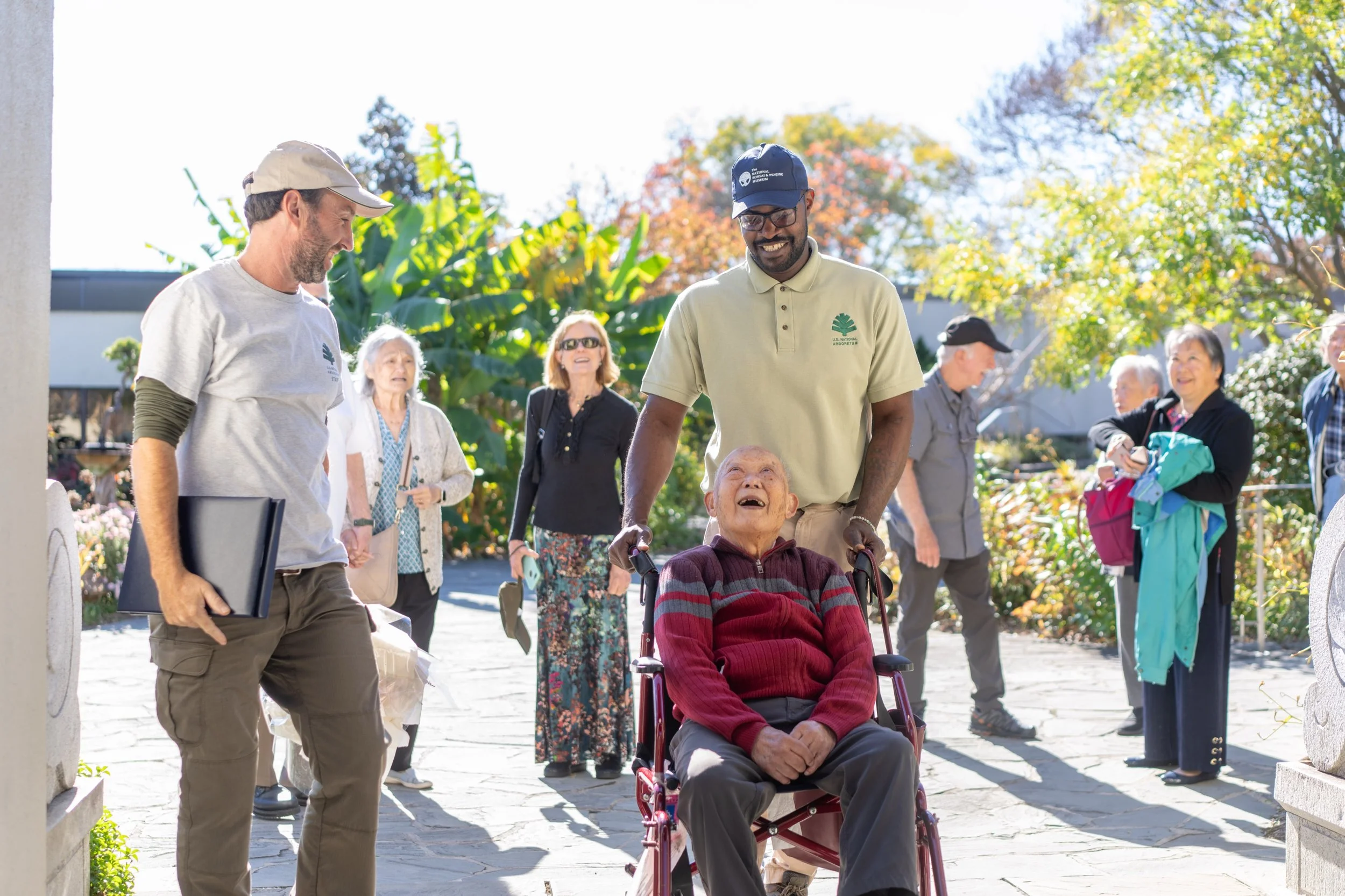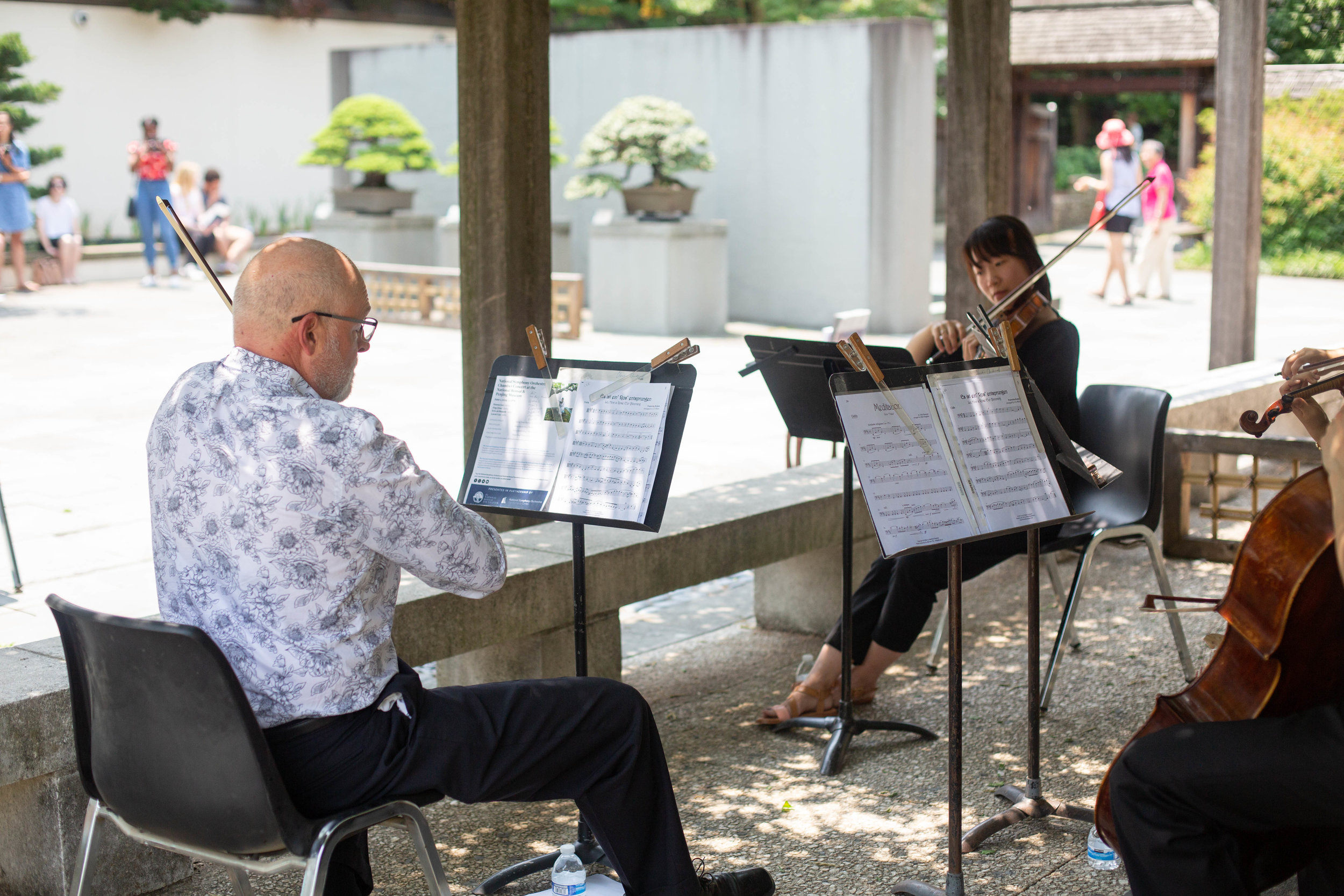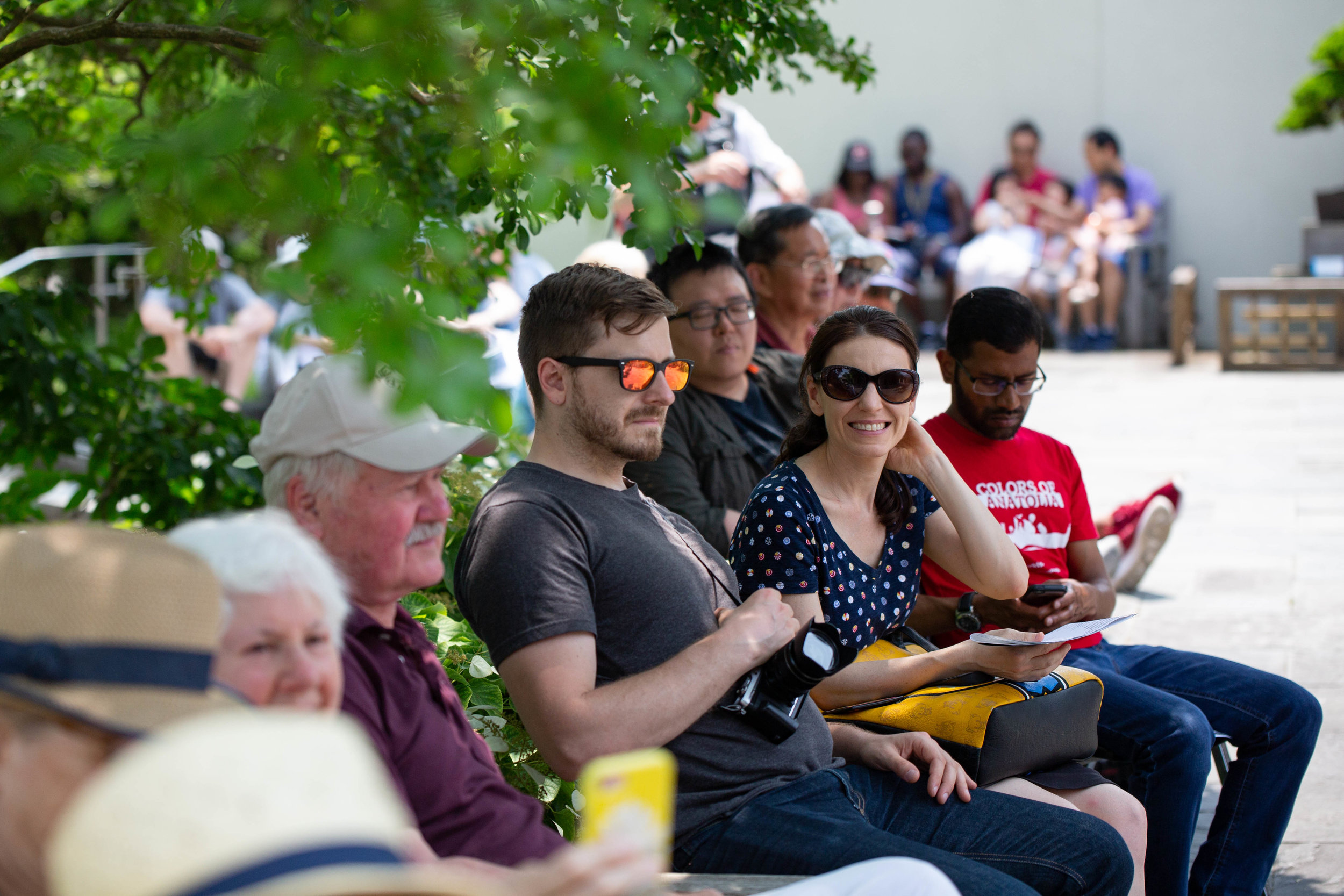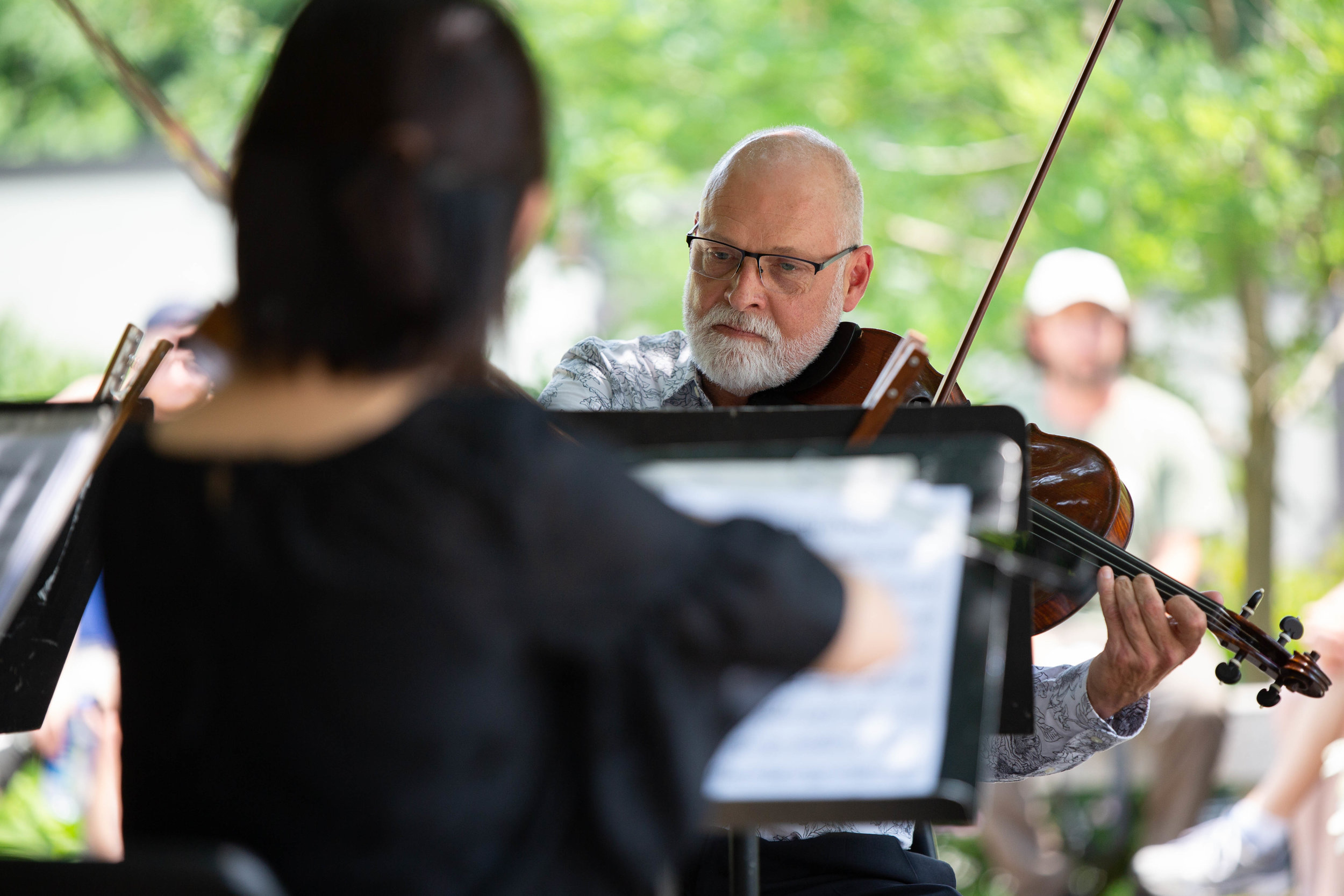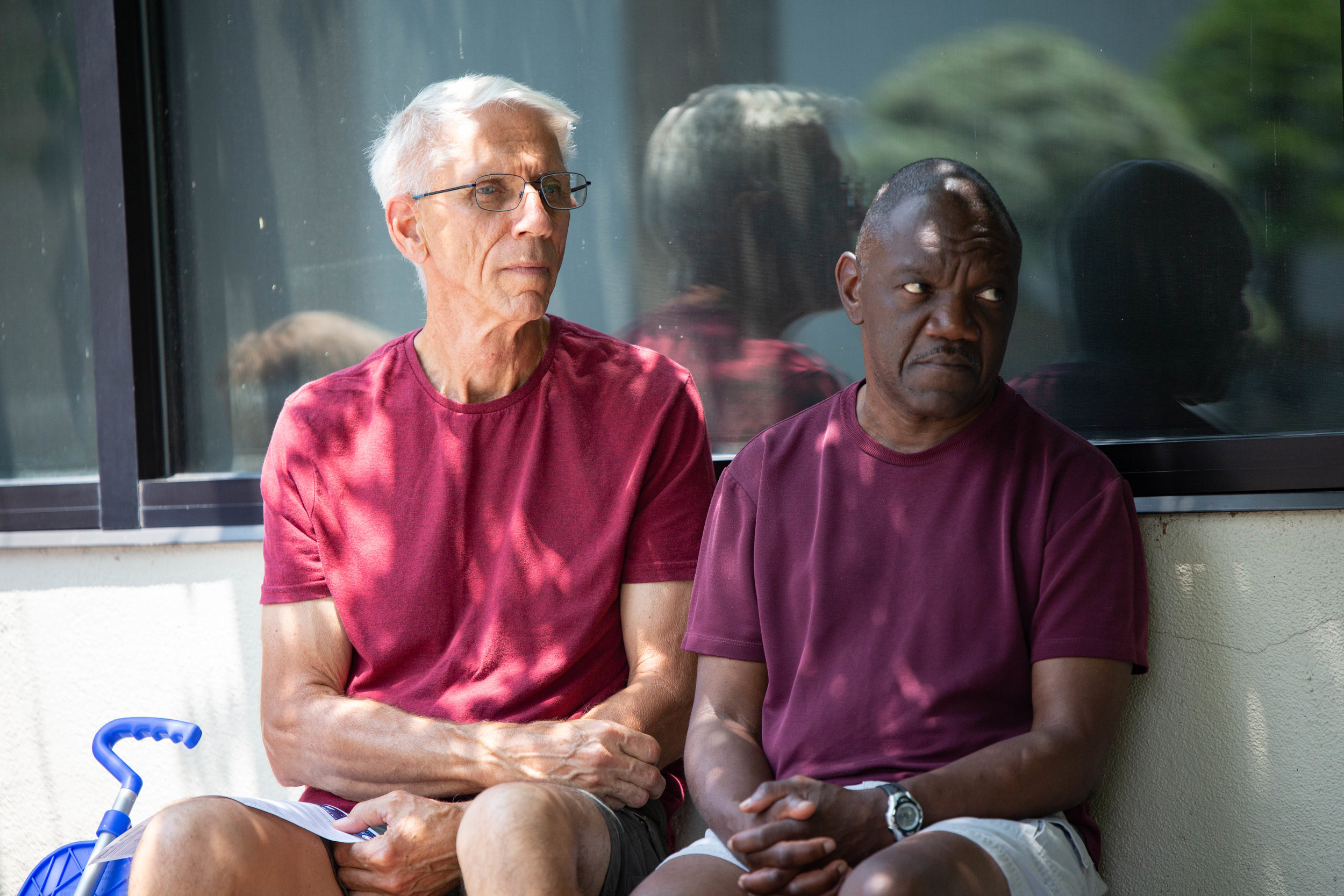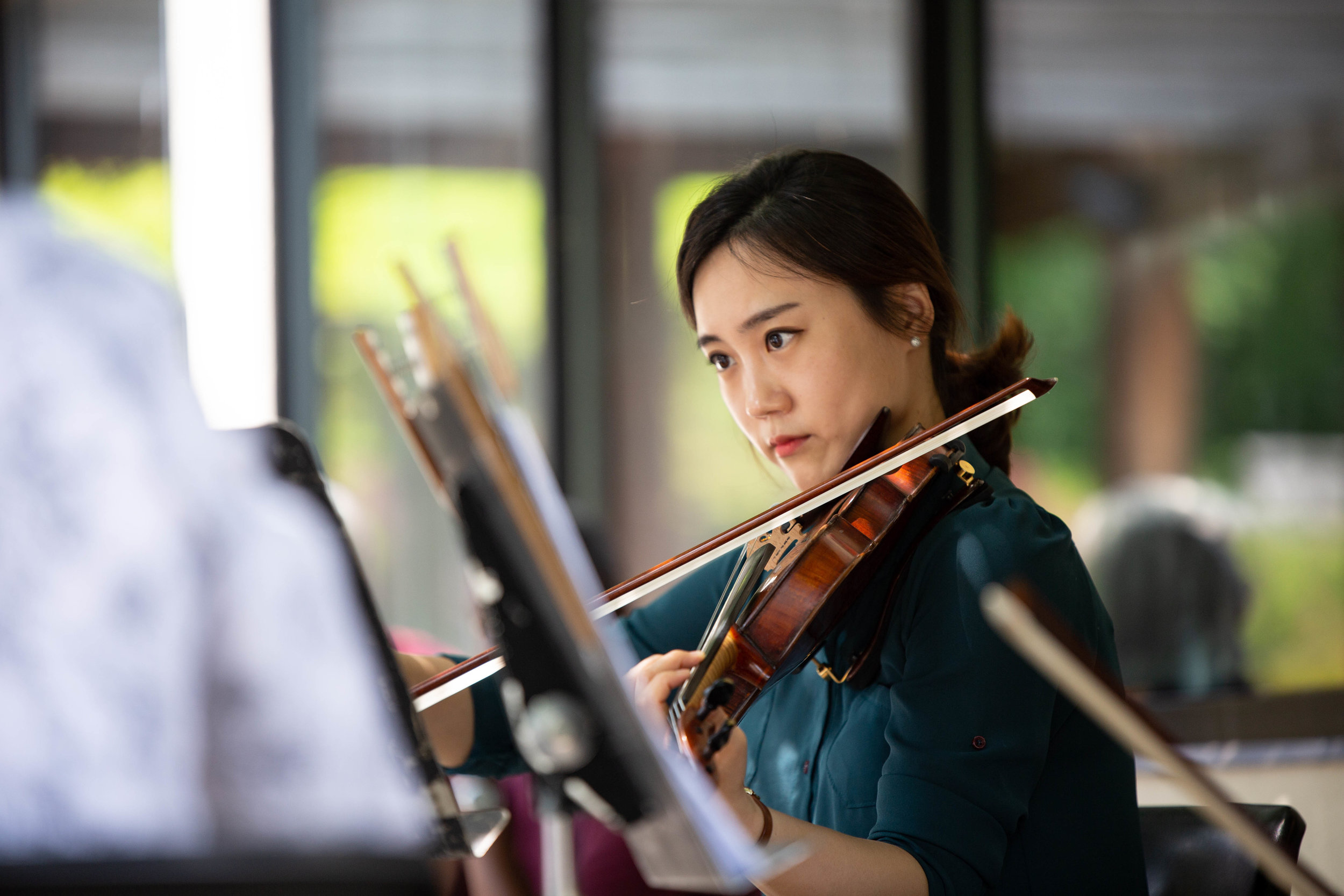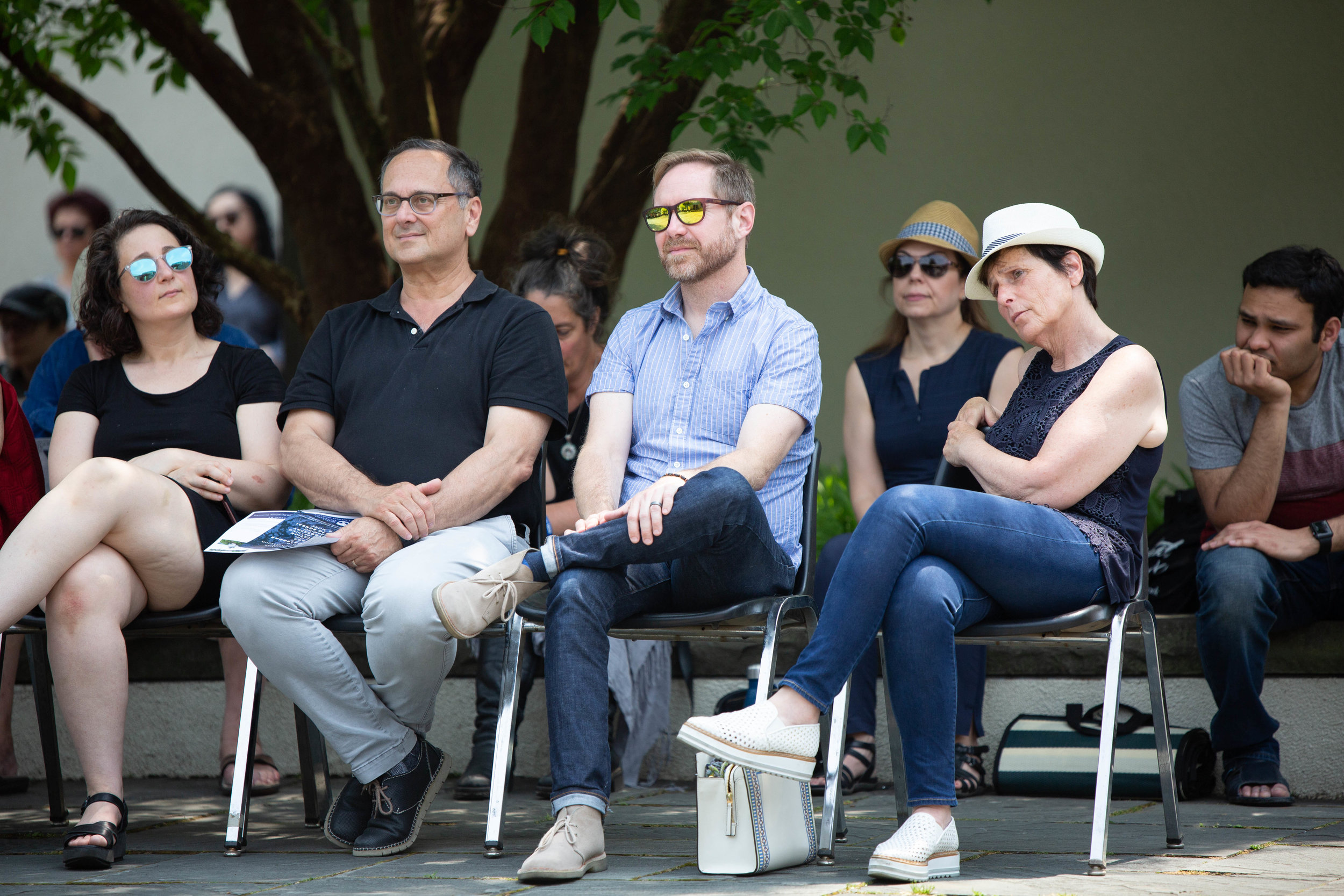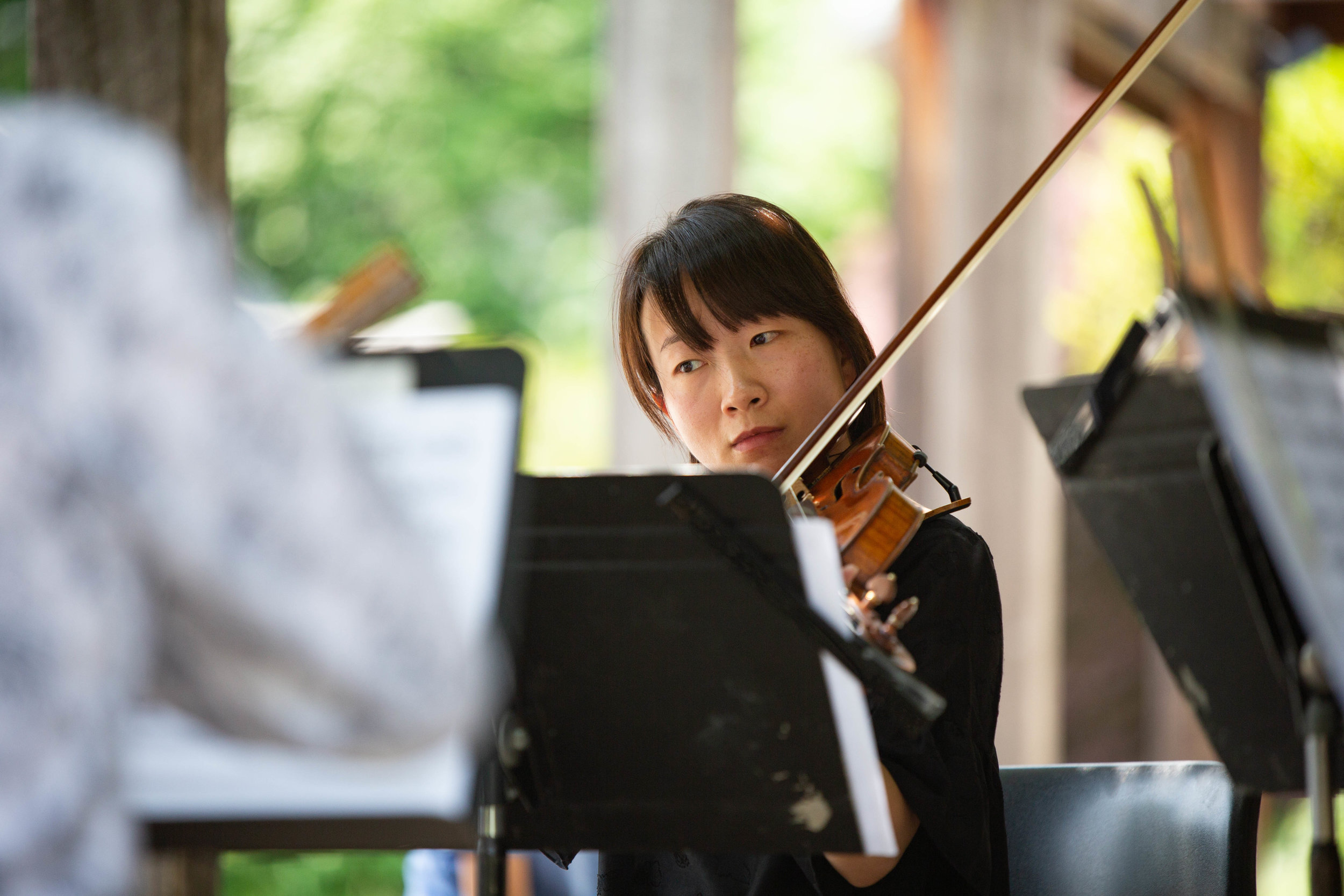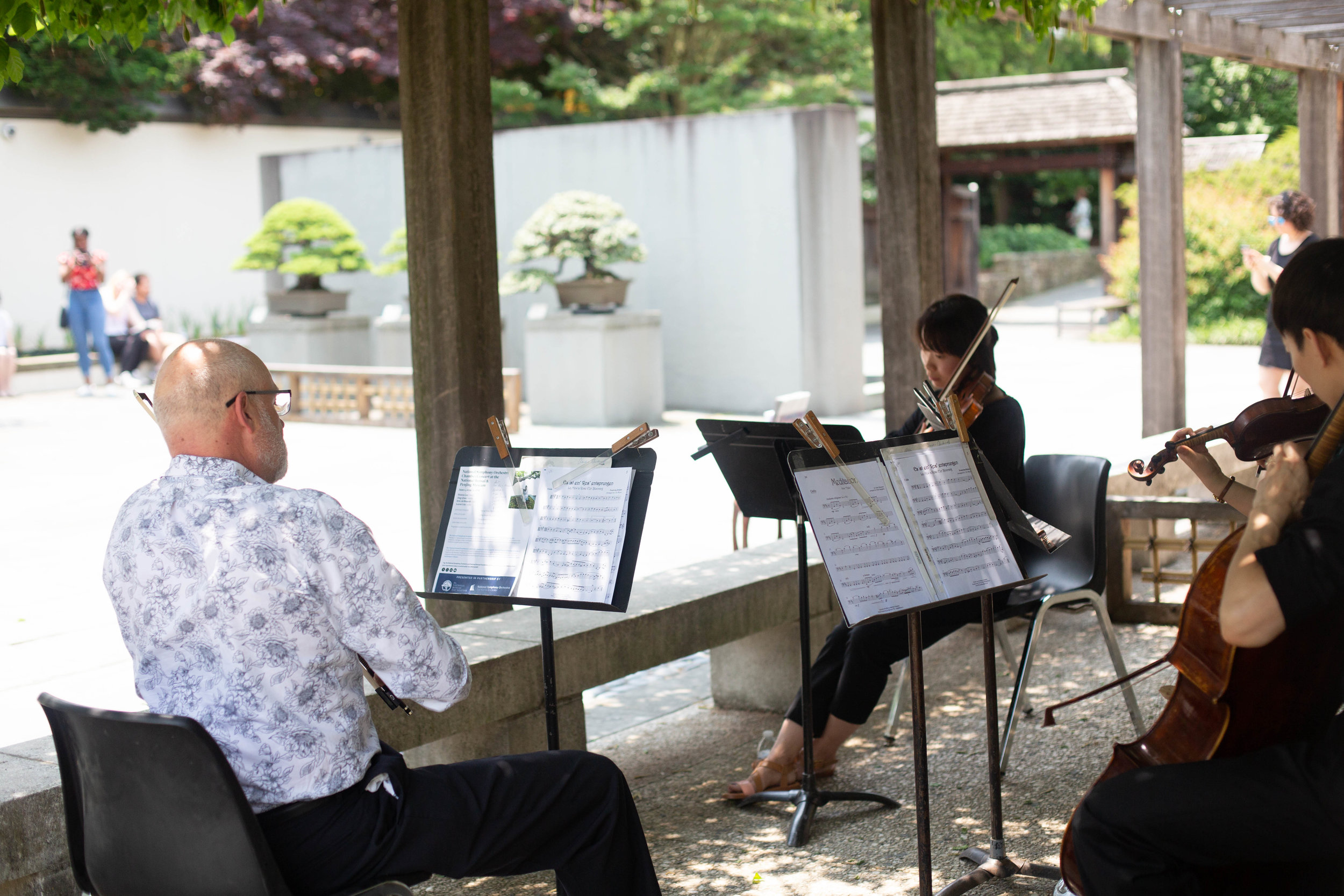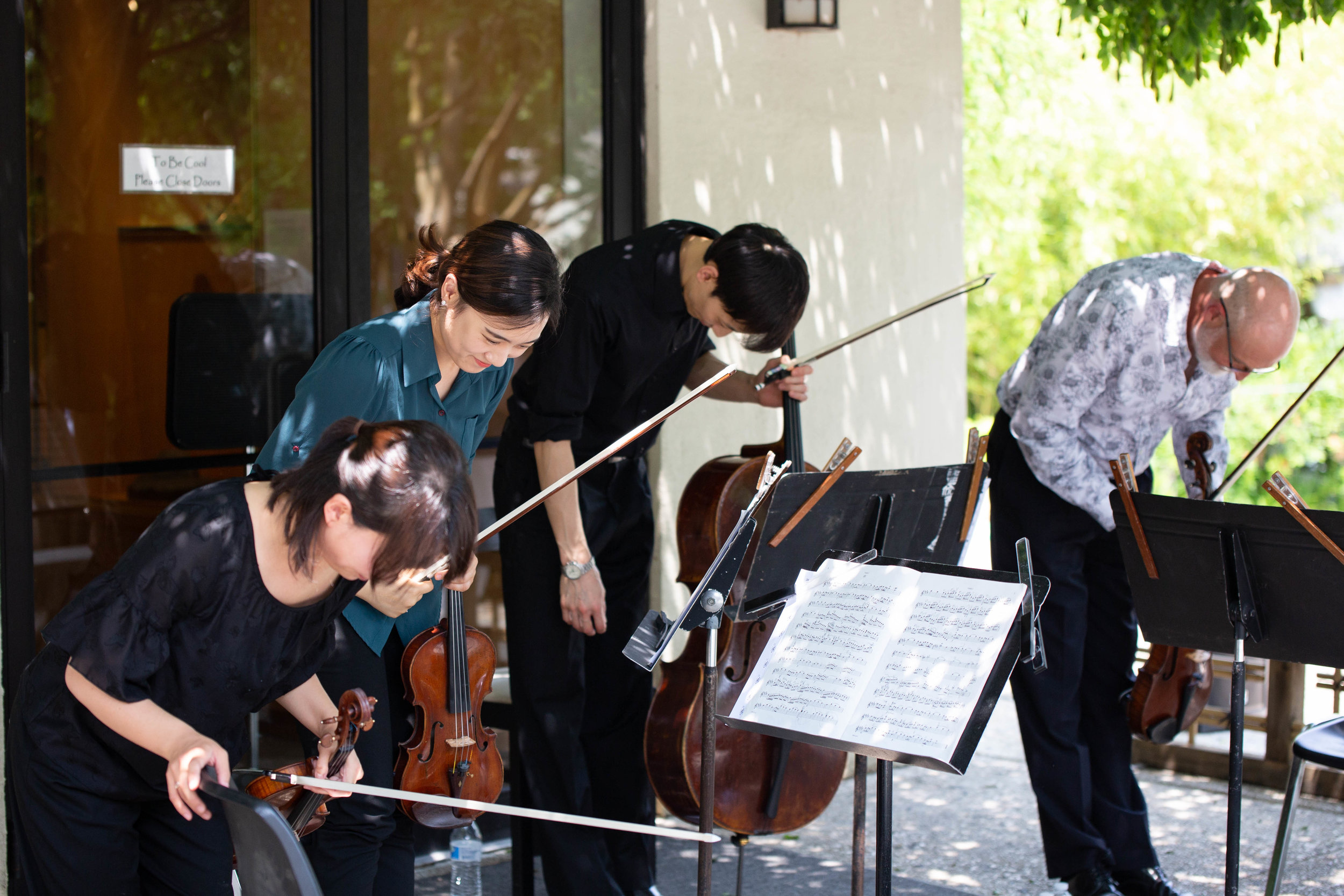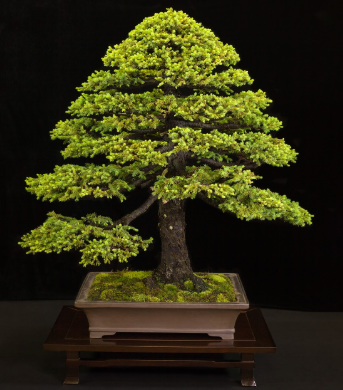FOR IMMEDIATE RELEASE
The U.S. National Arboretum’s National Bonsai & Penjing Museum and the Omiya Bonsai Art Museum of Saitama City, Japan to Sign Sister Museum Declaration
Official signing, private celebration and special presentation will take place August 5th at the National Bonsai & Penjing Museum
WASHINGTON, DC – On Monday, August 5, 2019, the National Bonsai & Penjing Museum, located at the U.S. National Arboretum in Washington, DC, will officially become a “Sister Museum” to Omiya Bonsai Art Museum of Saitama City, Japan. The National Bonsai Foundation (NBF) will help host a formal dedication ceremony to mark this occasion at the Washington, DC Museum. Discussions around this idea started in 2012 when NBF Co-President, Jack Sustic visited OBAM to discuss beginning a relationship between the two museums.
On August 5th, Dr. Richard Olsen, Director of the U.S. National Arboretum, and the Honorable Hayato Simizu, Mayor of Saitama City, will sign the "Sister Museums Declaration.” This will be followed by brief remarks from Richard Olsen, Mayor Simizu, NBF Co-President, Felix Laughlin, and Minister Takehiro Shimada, of the Japanese Embassy. There will be lunch in the Museum’s Exhibits Gallery followed by a presentation from Dr. Fumiya Taguchi, of Omiya Bonsai Art Museum on "Japanese Bonsai History."
This event is invite only. Members of the press interested in attending can contact Kendra@KendraRubinfeldpr.com.
The National Bonsai and Penjing Museum will be closed from 10:00 a.m. until 2:00 p.m. for this special event.
###
Founded in 1982, the National Bonsai Foundation is a 501 (c) (3) nonprofit that works in cooperation with the U.S. National Arboretum to supply financial, programmatic and curatorial support for the National Bonsai & Penjing Museum. The Foundation offices and Museum are located on the grounds of the Arboretum in Northeast Washington, DC.

